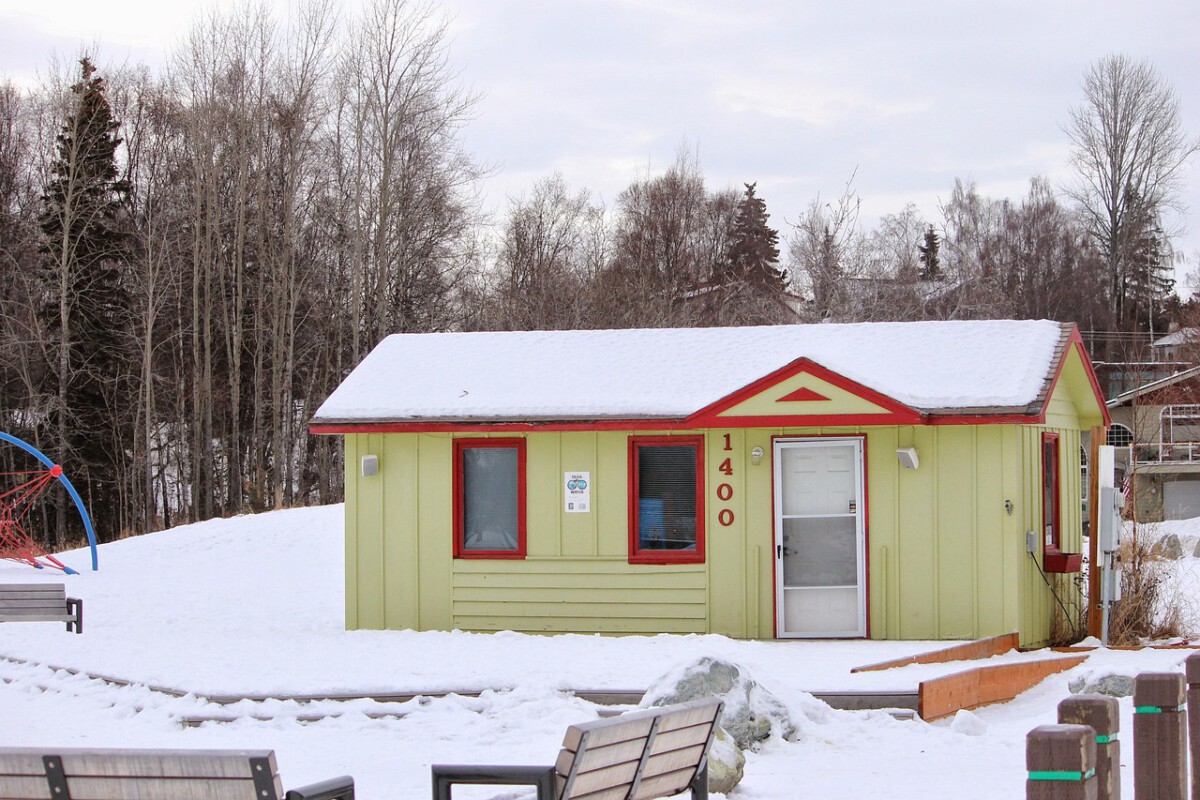
The Storm That Swallowed Villages (Image Credits: Pixabay)
Remote Alaska villages – soaked in relentless rain and battered by surging rivers – now stand as ghosts of their former selves, leaving families adrift in uncertainty.
The Storm That Swallowed Villages
Imagine waking up to water creeping into your home, rising faster than you can pack. That’s the reality for over 2,000 Alaskans hit by last weekend’s brutal storm. Floodwaters ravaged remote communities, turning streets into rivers and homes into wreckage.
Governor Mike Dunleavy didn’t mince words. He called the damage “extreme,” with entire villages like Kipnuk losing nearly all their housing. In Kipnuk alone, 121 out of about 135 homes are gone – that’s 90% wiped out in hours.
This isn’t just a bad weather event. It’s a crisis reshaping lives, forcing evacuations to Anchorage where up to 1,600 people now huddle in temporary shelters.
Why Returning Home Feels Like a Distant Dream
The scale of destruction hits hard. Roads washed away, power lines down, and sewage systems in ruins mean basic rebuilding could take forever. Officials estimate many won’t step foot back for at least 18 months.
Think about the logistics in such isolated spots. Supplies arrive by air or boat, but with infrastructure gone, even getting materials there is a nightmare. Families face not just lost homes, but lost ways of life in these tight-knit communities.
Yet, resilience shines through. Locals are already organizing aid drives, showing that Alaska’s spirit endures even when the land doesn’t.
Evacuation Chaos and the Road to Anchorage
Helicopters and small planes buzzed over flooded zones, pulling people from rooftops and rising waters. The rush to safety wasn’t smooth. Some villages waited days for rescue as storms lingered.
Now in Anchorage, evacuees deal with crowded shelters and the emotional toll of separation. Kids miss school, elders worry about health care, and everyone wonders about their futures. The city’s leaders are stepping up, but the influx strains resources.
One silver lining? Community networks are kicking in, with volunteers providing meals and counseling to ease the shock.
Governor’s Urgent Call for Federal Help
Dunleavy wasted no time. He fired off a request to the White House for a major disaster declaration, seeking funds to kickstart recovery. Without it, rebuilding grinds to a halt.
This move could unlock FEMA aid, covering everything from temporary housing to debris removal. It’s a lifeline for villages that can’t foot the bill alone. Past disasters in Alaska show how federal support turns the tide.
Still, questions linger. How quickly will Washington respond? For these families, every day counts.
The Human Stories Behind the Headlines
Meet folks like those in Newtok, where floods have threatened relocation for years. This storm accelerated the inevitable, pushing communities to rethink where they live. Elders share tales of past floods, but this one feels different – more final.
Young families pack what they can, hoping to preserve traditions amid the upheaval. Schools shut down, businesses halt, and cultural sites face erasure. It’s a reminder that disasters don’t just destroy buildings; they fracture bonds.
Amid the loss, stories of neighbors saving neighbors emerge, highlighting the unbreakable ties in these remote outposts.
Long-Term Challenges on the Horizon
Rebuilding isn’t straightforward. Climate change amps up these storms, making experts question if villages should rebuild in place or move. Cost estimates run into millions, and insurance covers little in flood-prone areas.
Here’s a quick look at the hardest-hit spots:
- Kipnuk: 90% homes destroyed, full evacuation.
- Newtok: Ongoing erosion worsened by floods.
- Other Yukon-Kuskokwim villages: Widespread infrastructure failure.
- Emmonak: Power and water out for weeks.
- Alakanuk: Roads impassable, isolating residents.
Health risks loom too, from contaminated water to mental strain. Support services will be key as this drags on.
Key Takeaways from Alaska’s Crisis
- Over 2,000 displaced, with 18-month return timeline for many.
- Governor seeking federal disaster aid to fund massive rebuild.
- Climate factors intensify recovery hurdles in remote areas.
As Alaska grapples with this flood’s aftermath, one truth stands out: nature’s power humbles us all, but human determination can rebuild stronger. What steps do you think should come next for these communities? Share your thoughts in the comments.







